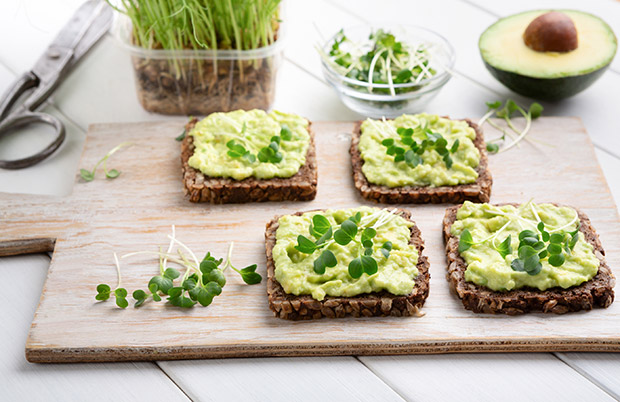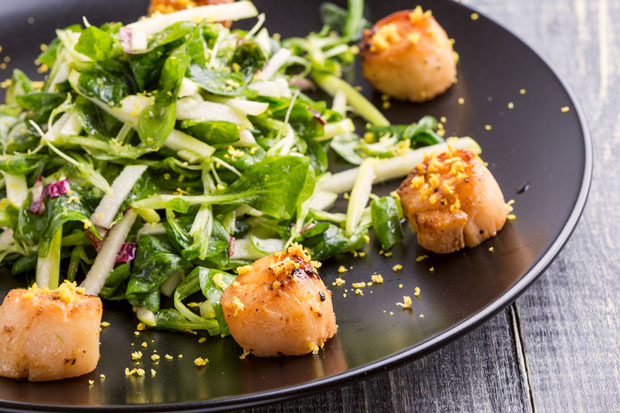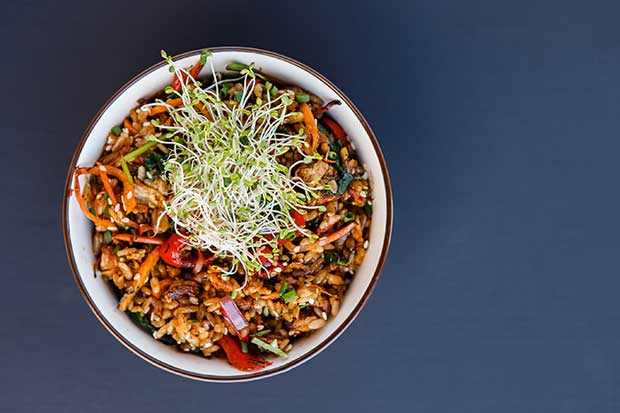9 ways to add nutrition (and crunch) to your meals with microgreens
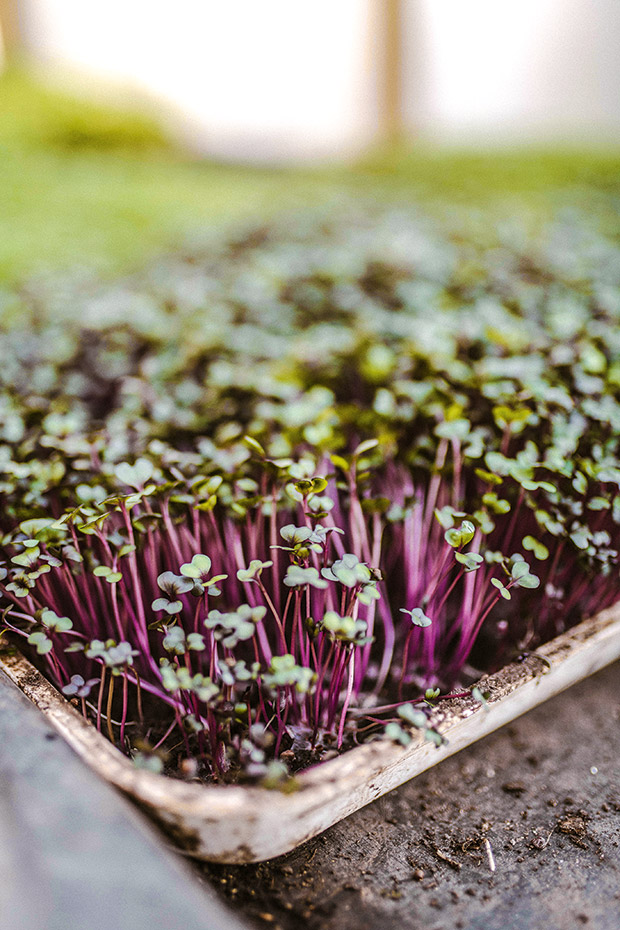
Photo: Kelly Oliver
Microgreens are a quick and easy way to add homegrown nutrition to breakfast, lunch and dinner.
Words: Jenny Somervell and thisNZlife staff
Microgreens are tiny vegetable or herb greens grown for their visual appearance and complex flavours and textures. They are larger than sprouts but smaller than baby salad greens, typically a central stem, cotyledon or seed leaves and the first young two true leaves.
Related: How to grow microgreens
Unlike sprouts, microgreens are grown in the light in a soil or soil substitute, and the root is not harvested. When they are ready, the stem is cut, leaving the root behind. Because they are grown in the light, both the flavour and the nutritional content is greater than sprouts.
8 TASTY MICROGREENS FOR BEGINNERS
1. Mustards. Mustard has been cultivated for over 5000 years for its seed and leaf. The lime-green leaves of Brassica juncea Mustard Streaks have a sweet, hot mustard flavour. They can be harvested at microgreen stage, or as baby salad greens.
2. Pea shoots. Pea shoots are sweet, crisp, crunchy, and taste delicious, like young snow peas. Germination is enhanced by pre-soaking for up to 24 hours. Grow at high density and harvest at about 5cm, or cut higher in the stem to grow on. The shoots give an exotic touch to salads, cooked dishes, and meats. They contain protein, carbohydrate and vitamin C, vitamin B1, iron, niacin, magnesium, and zinc.
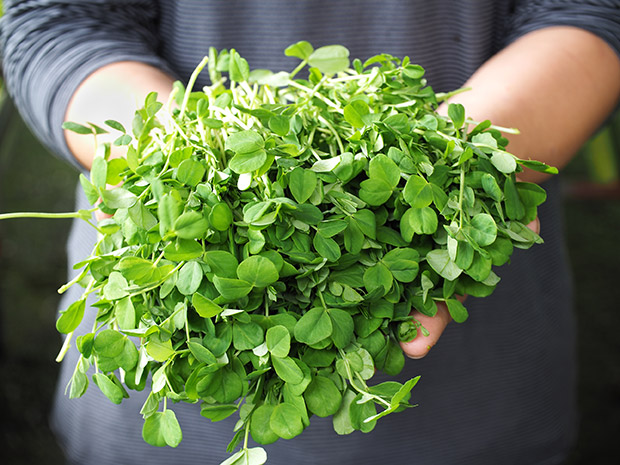
Freshly harvested pea shoots.
3. Radish. Radishes (Raphanus sativus) are great to start with as they germinate quickly in cool or warm conditions and grow vigorously to harvest in 8-10 days. They are usually picked at cotyledon (true leaf ) stage when they are tender, crisp and spicy. Use to add colour and bite to salads, and as an attractive garnish.
4. Broccoli. Broccoli (Brassica oleracea) may not sound like the most exciting microgreen but for health reasons alone it is worth including. Broccoli is hailed as a superfood, high in iron, minerals, Vitamins A and C and, like radish and mustard, contains sulphoraphene which is linked to cancer prevention. It’s also one of the easiest microgreens to grow, germinating readily from 10-25°C. Sow thickly for heavy yields. Like radish, broccoli greens are best cut young at the true leaf stage, and high in the stem.
5. Rocket. Rocket (Eruca sativa) adds a sharp, piquant spice which enlivens other milder greens. It’s also a great option for autumn/winter sowing, germinating as low as 5°C and growing faster in cool weather.
6. Cress. Lepidium sativum is a good microgreen for beginners and one of the oldest. Cress is related to mustard and watercress, which it combines well with, and has the same piquant, peppery flavour. Try using cress in a herb butter or the traditional mix with mayonnaise, egg, and lashings of black pepper served in sandwiches.
7. Beetroot. Young beet seedlings take longer to produce edible microgreens but are worth growing for the intense red colour they add to a salad mix, and their slightly earthy flavour, rather like the root. Seeds need to be sown quite thickly. They contain an inhibitor so germination is improved by pre-soaking the seed and keeping the seedbed evenly moist until emergence, usually 10-12 days.
8. Mesculan. If you can’t be bothered growing individual varieties, you can mix your favourite seed, or buy a commercial mesclun mix. I do both, using mesclun as my standard bulk greens and add other varieties for different flavour and colour effects.
9 CREATIVE WAYS TO USE MICROGREENS
1. Microgreens on toast
Elevate the standard avocado-on-toast rendition with a sprinkling of spicy microgreens on top.
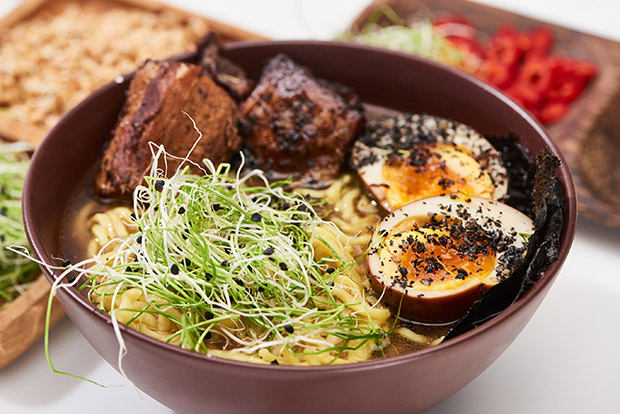
2. Microgreen Ramen
Hear us out — microgreens can add a subtle crunch to this savoury Japanese staple. Our editorial assistant likes to add radish microgreens to this spicy miso ramen.
3. Zesty Scallop and Microgreen Salad
This zesty salad calls for enough microgreens to fit loosely packed into a 2-litre ice cream container.
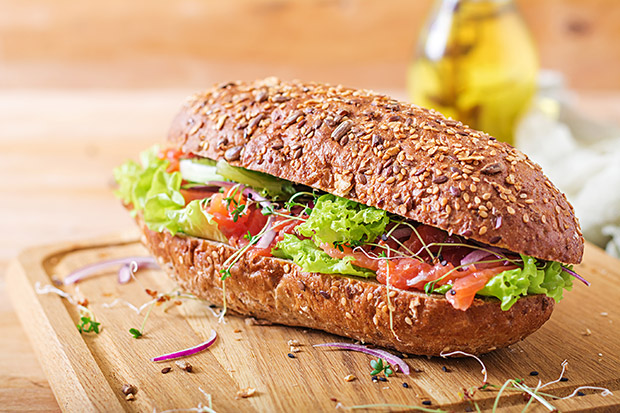
4. Crunchy Microgreens Roll
The trick to a true gourmet sandwich? Freshly harvested microgreens. Pea shoots, mustard and rocket microgreens will add a nice kick.
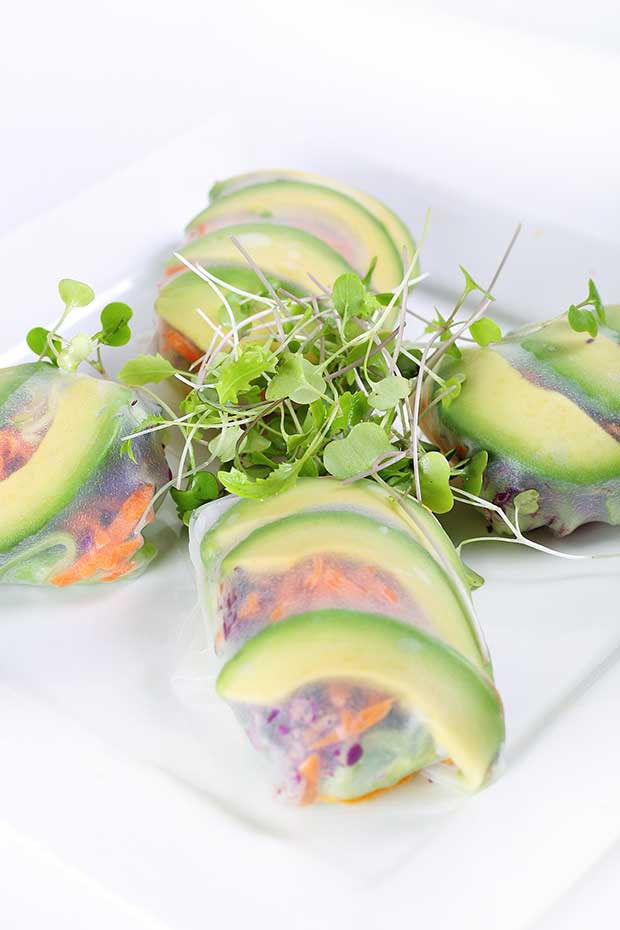
5. Salad Rolls with Microgreens
Substitute the lettuce with a small handful of microgreens in this salad roll recipe.
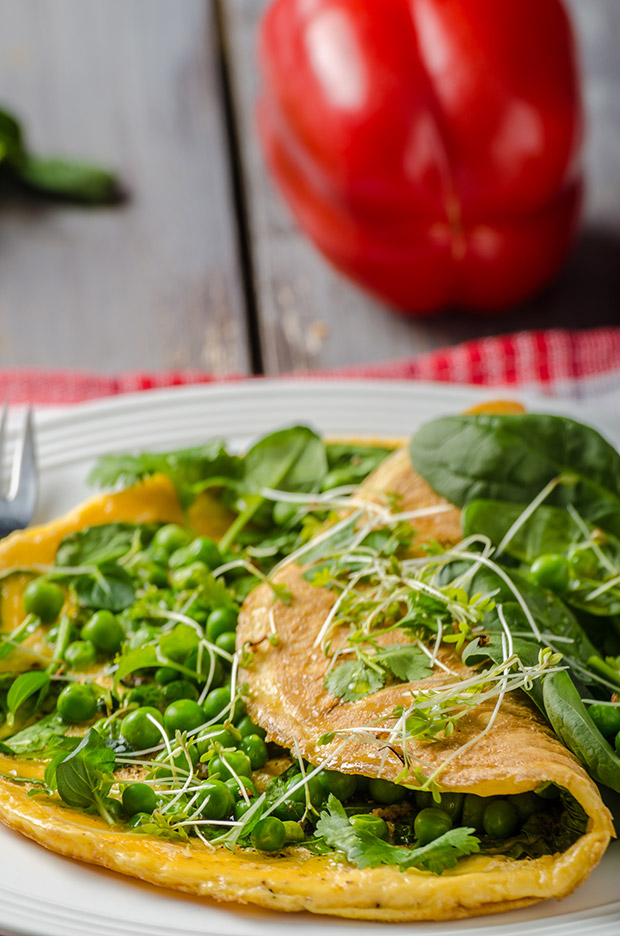
6. Pea, Spinach and Microgreens Omelette
An easy way to pack more nutrients into breakfast.
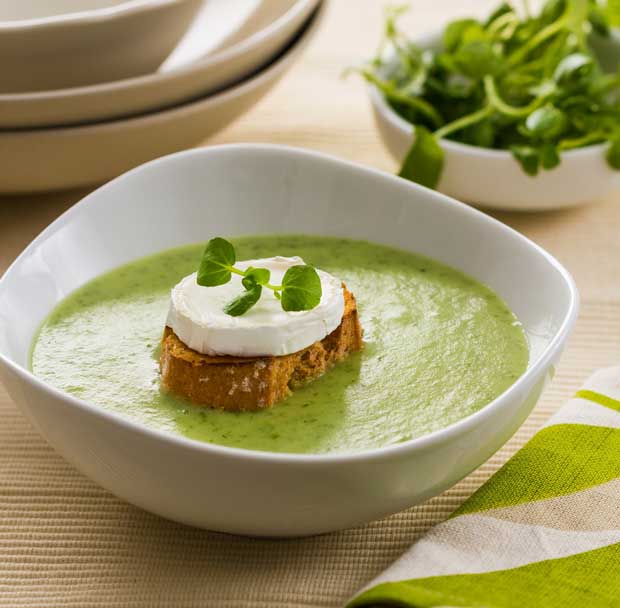
7. Cream of Watercress Soup
The trick with getting a great-tasting soup is not to let the fresh leaves sit for too long on the heat or they will go very bitter.
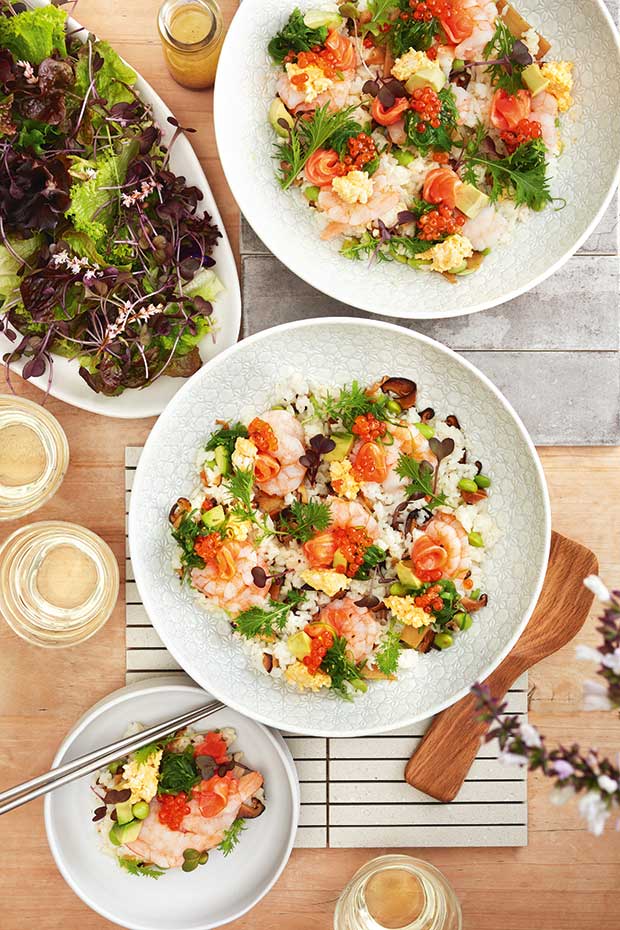
8. Chirashi-Sushi
Sprinkle two handfuls of microgreens over a deconstructed sushi bowl.
9. Microgreens on Fried Rice or Noodles
Bean sprouts (microgreen from mung beans) are common in stir fried dishes, why not try broccoli or beetroot microgreens?
MORE HERE:
